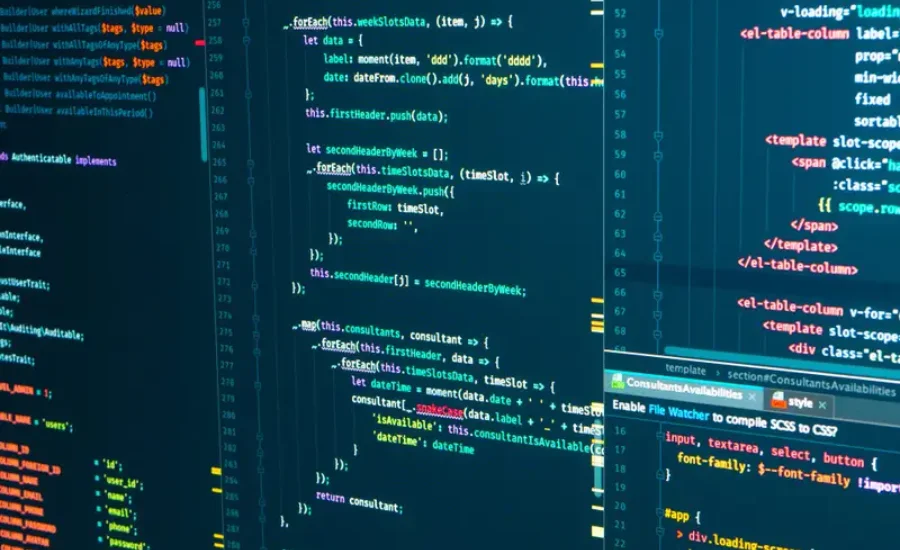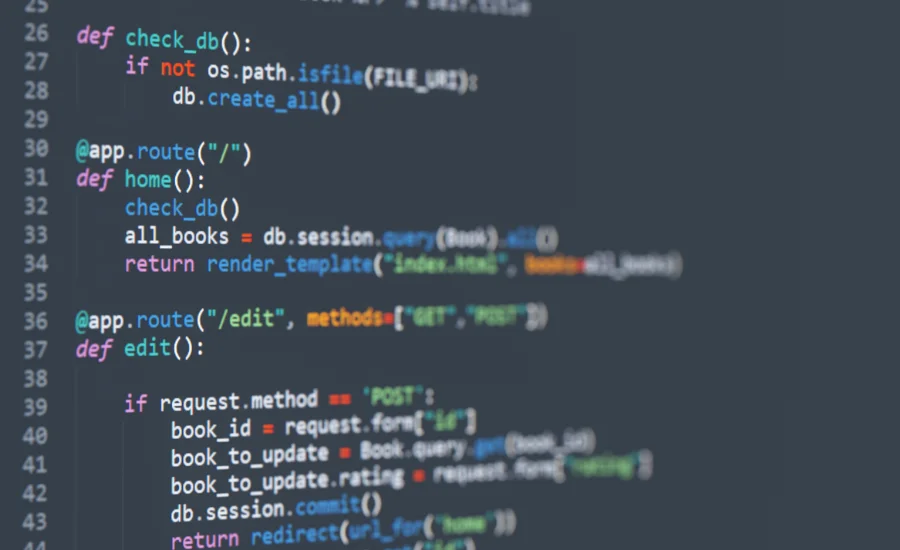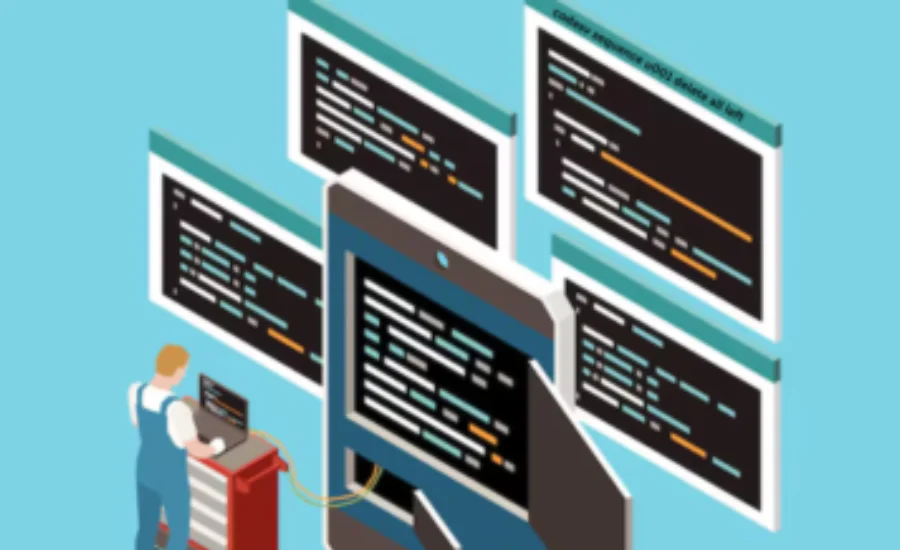Yarn DXL How to Run Multiple Subshells: 9 Game-Changing Best Practices
Yarn dxl how to run multiple subshells might seem challenging at first, but once you master the technique, it can greatly enhance your productivity. Whether you’re coordinating various tasks or working in distinct environments, knowing how to handle multiple subshells efficiently can save you a significant amount of time.
In this guide, we’ll explore Yarn dxl how to run multiple subshells. We’ll cover the essentials and delve into advanced methods, ensuring the process is both simple and effective. If you’re ready to optimize your workflow with Yarn dxl how to run multiple subshells keep reading for practical tips and insights.
Understanding Yarn DXL and Subshells
Before diving into the details of managing multiple subshells, it’s important to grasp the fundamentals. Yarn DXL extends the capabilities of the Yarn package manager, offering advanced features to simplify complex workflows. This tool is especially valuable for working with monorepos or handling intricate script automation tasks.
So, what exactly are subshells? Essentially, a subshell is an independent instance of the command-line interface that operates within your existing shell session. It enables you to run commands separately, preventing any impact on the main shell environment. By leveraging Yarn DXL alongside subshells, you gain a powerful combination that streamlines and simplifies complex operations.
Yarn dxl how to run multiple subshells: Running
In the context of Yarn DXL, subshells are secondary command-line processes that originate from a primary shell. They are particularly useful in scripts where commands need to be executed independently of the main shell environment. This separation allows for enhanced control over the execution process, including better error management and resource allocation.
Subshells offer the flexibility to run tasks either sequentially—one after another—or in parallel, enabling simultaneous execution of multiple operations. This capability can significantly improve efficiency and organization in complex workflows.
Yarn DXL: Efficiently Running Multiple Subshells

Yarn dxl how to run multiple subshells involves creating secondary command-line processes that stem from a primary shell. These subshells are often employed in scripts to Run commands independently from the main shell environment. This approach provides enhanced control over the execution process, including better error handling and resource management.
With Yarn DXL, you can run subshells sequentially, executing tasks one after another, or in parallel, allowing multiple commands to run simultaneously. This flexibility is crucial for managing complex workflows and optimizing efficiency.
Why Use Multiple Subshells with Yarn DXL?
Yarn dxl how to run multiple subshells can greatly enhance your efficiency and streamline your workflow. Here’s why:
Running tasks in parallel allows you to execute several operations at once, which accelerates your overall workflow. Each subshell functions independently, minimizing the risk of conflicts between processes. This isolation also facilitates easy management of different environments or configurations. Additionally, automating repetitive tasks within subshells can save significant time and effort.
For large projects with numerous components, leveraging multiple subshells can be transformative. It enables you to organize tasks more effectively, leading to a more efficient and structured workflow.
Leveraging Subshells with Yarn DXL
Yarn dxl how to run multiple subshells, offering the flexibility necessary to handle intricate workflows effectively. Whether you’re automating tests, building projects, or deploying applications, subshells play a crucial role in optimizing these processes. Yarn DXL supports both sequential and parallel execution of subshells, making it an adaptable tool for various development scenarios.
Getting Started with Yarn DXL and Subshells

Before diving into the complexities of managing multiple subshells, it’s essential to understand the basics of running a single subshell with Yarn DXL. This foundational knowledge will set the stage for more advanced usage.
Common Challenges and Solutions
While harnessing the power of multiple subshells can greatly enhance your workflow, there are some common challenges to be aware of:
Managing System Resources: Running a large number of subshells simultaneously can strain your system’s resources. It’s important to monitor CPU and memory usage to prevent overloading.
Handling Errors: Incorporate robust error handling in your scripts to ensure that any failed commands are managed effectively.
Maintaining Script Simplicity: Aim to keep your scripts as straightforward as possible. Complex scripts can be difficult to maintain and troubleshoot, leading to potential issues in the future.
Understanding these aspects will help you effectively use Yarn DXL to manage multiple subshells and streamline your workflows.
Efficiently Managing Subshell Output with Yarn DXL
When handling multiple subshells, effective output management is key to maintaining clean and comprehensible logs. To achieve this, you can redirect output to specific files, suppress unnecessary messages, or consolidate outputs from various subshells into a unified log. Properly managing the output not only keeps your logs organized but also facilitates easier debugging by providing a clear and structured view of the results.
Combining Sequential and Parallel Subshells with Yarn DXL
In more intricate workflows, blending sequential and parallel subshells can be highly effective. Additionally, leveraging background processes allows subshells to operate independently from the main script. By optimizing these techniques, you can ensure your scripts run smoothly and efficiently, avoiding system overloads while managing complex tasks seamlessly.
Troubleshooting Subshell Issues with Yarn DXL
Subshells may encounter problems such as syntax errors, misconfigured environments, or unhandled exceptions. Effective debugging requires isolating these issues by utilizing tools like set -x to trace command execution, examining log files for errors, and ensuring environment variables are correctly set. Regular testing and adherence to best practices are crucial for minimizing these challenges and maintaining robust subshell operations.
Integrating Subshells into Complex Scripts with Yarn DXL

When working with large-scale projects, integrating subshells into complex scripts using Yarn DXL can significantly enhance your ability to manage and streamline multiple tasks. Effective integration requires thoughtful planning to ensure that the script remains both maintainable and readable. Proper organization and validation are key to preventing errors from disrupting your workflow.
Yarn DXL provides a robust framework for handling complex scenarios by allowing you to leverage subshells in a structured manner. This setup not only improves the efficiency of task execution but also aids in managing dependencies and parallel processes more effectively. By carefully designing your scripts and incorporating subshells, you can achieve a well-organized and efficient development environment.
Real-World Applications of Subshells
To illustrate the practical benefits of subshells within Yarn DXL, consider these real-world examples:
- Automated Testing: By running different test suites in parallel with Yarn DXL, you can significantly accelerate the testing process. This parallel execution reduces overall testing time and improves the feedback loop, allowing you to identify and address issues more swiftly.
- Continuous Integration: Yarn DXL enables you to build and deploy multiple microservices simultaneously. This capability is crucial for modern development practices where frequent updates and deployments are necessary. Running these processes in parallel ensures that your integration and deployment pipelines remain efficient and responsive.
- Data Processing: When working with large datasets, executing data transformation scripts across various datasets concurrently can greatly enhance processing speed. Yarn DXL’s support for parallel subshells allows you to handle complex data workflows more effectively, minimizing processing time and improving overall performance.
Best Practices for Managing Subshells
Maintaining clean and manageable scripts is vital when dealing with Yarn dxl how to run multiple subshells. Here are some best practices to follow:
- Clear Commenting and Documentation: Properly comment your scripts to explain the purpose and functionality of each section. Comprehensive documentation helps others understand the logic and makes it easier to maintain and troubleshoot the code.
- Structured Code: Organize your scripts in a clear, logical structure. This organization facilitates easier updates and debugging, reducing the risk of errors and improving overall script readability.
- Security Guidelines: Follow security best practices to prevent potential vulnerabilities. This includes safeguarding sensitive data and ensuring that scripts do not expose your system to security risks.
Avoiding Common Errors

Working with subshells, particularly in complex scripts, can present several common issues:
- Syntax Errors: Always double-check your scripts for syntax errors. Even small mistakes can cause significant disruptions. Use syntax-checking tools and validation steps to catch errors before execution.
- Execution Failures: Ensure that commands within your subshells are tested and validated. Execution failures can lead to incomplete or incorrect results. Implement error handling to manage any issues gracefully and maintain script stability.
- Environment Variables: Incorrectly configured environment variables can lead to unexpected behaviors or failures. Verify that all environment variables are set correctly and are consistent across subshells to avoid conflicts.
By adhering to these best practices and being aware of common pitfalls, you can effectively manage Yarn dxl how to run multiple subshells ensuring that your scripts run efficiently and your projects stay on track.
Also Read: AWT37X
Final Words
In this article, we explored Yarn DXL and its efficient use of subshells to optimize complex workflows. Yarn DXL how to run multiple subshells offers a flexible way to execute commands independently, whether sequentially or in parallel, enhancing control and resource management. By utilizing multiple subshells, developers can streamline tasks, automate repetitive processes, and efficiently manage intricate operations. Subshells allow tasks to run concurrently, significantly reducing execution time, while minimizing conflicts between processes. To fully leverage Yarn DXL, understanding error handling, resource allocation, and proper script organization is essential. Applying these techniques can greatly enhance productivity and simplify project workflows.
FAQs
Here are 10 FAQs with the questions formatted as Heading 3.
1. What is Yarn DXL and how does it differ from regular Yarn?
Yarn DXL is an extended version of the Yarn package manager designed for handling complex workflows and large-scale projects. It offers additional features such as improved script automation, better handling of monorepos, and more advanced control over subshells.
2. What are subshells, and why are they useful in Yarn DXL?
A subshell is a separate instance of the command-line interface that runs independently within your main shell environment. Subshells are useful in Yarn DXL for executing commands in isolation, ensuring that tasks run without impacting the main environment, and allowing for sequential or parallel execution of processes.
3. How can I run multiple subshells in Yarn DXL?
To run multiple subshells in Yarn DXL, you can either use sequential execution (one task runs after the other) or parallel execution (tasks run simultaneously). Both methods provide flexibility in managing complex workflows and improving task efficiency.
4. What are the advantages of running tasks in parallel using subshells?
Running tasks in parallel using subshells allows for faster execution since multiple commands or scripts can run at the same time. This reduces overall processing time and helps in managing large-scale projects more efficiently.
5. How can I manage output when running multiple subshells in Yarn DXL?
To manage output effectively, you can redirect the output of each subshell to separate log files or consolidate all outputs into one unified file. This keeps your logs organized and makes it easier to track results and debug issues.
6. What are some common challenges when using multiple subshells?
Common challenges include system resource management (CPU and memory), handling errors across different subshells, and keeping scripts simple and maintainable. Proper error handling, monitoring, and testing can help overcome these challenges.
7. How do I handle errors when running multiple subshells in Yarn DXL?
To handle errors, implement error-catching mechanisms within each subshell. You can also use robust logging, track error codes, and ensure failed subshells are properly managed to prevent disrupting the main workflow.
8. Can I combine sequential and parallel subshell execution in Yarn DXL?
Yes, you can combine both sequential and parallel execution in Yarn DXL. This flexibility allows you to run certain tasks in sequence while executing others simultaneously, optimizing your workflow.
9. What are the best practices for writing scripts with multiple subshells?
Best practices include commenting and documenting your scripts thoroughly, keeping the code structured and simple, ensuring security guidelines are followed, and using proper error handling to maintain stability.
10. How can Yarn DXL enhance my overall development workflow?
Yarn DXL allows you to automate complex tasks, run multiple operations simultaneously, and manage large-scale projects with ease. By utilizing multiple subshells, you can streamline your processes, improve efficiency, and save time on repetitive tasks.
Expand your knowledge by exploring additional resources on Gaze Up.






